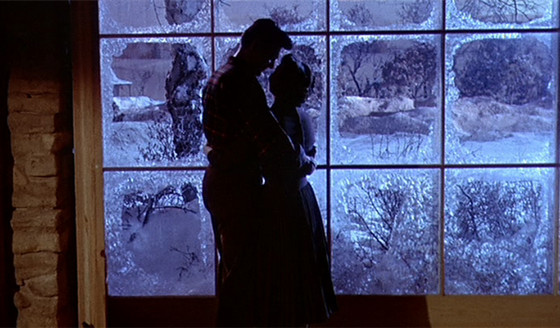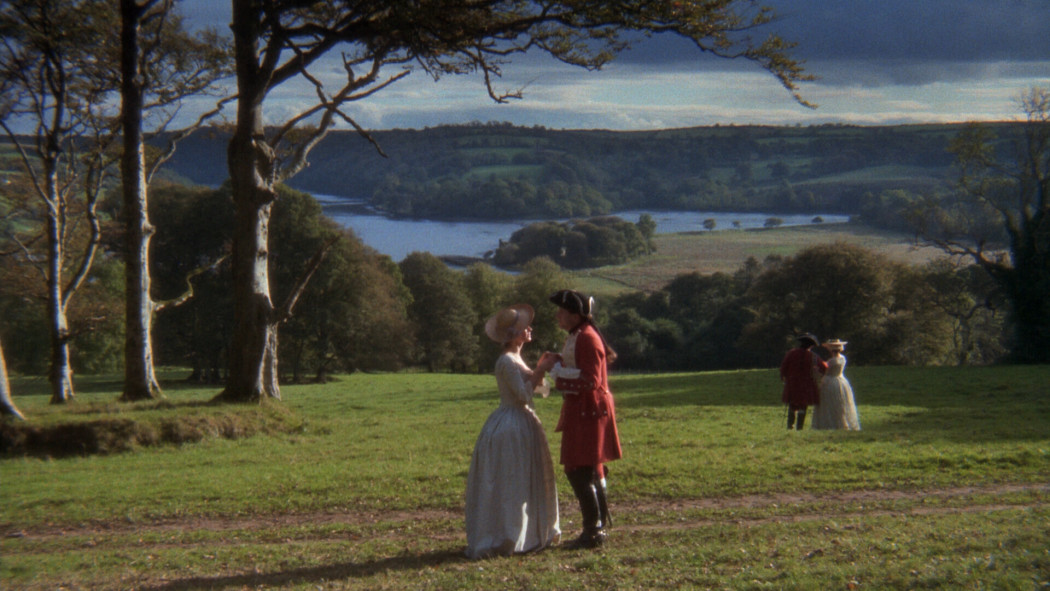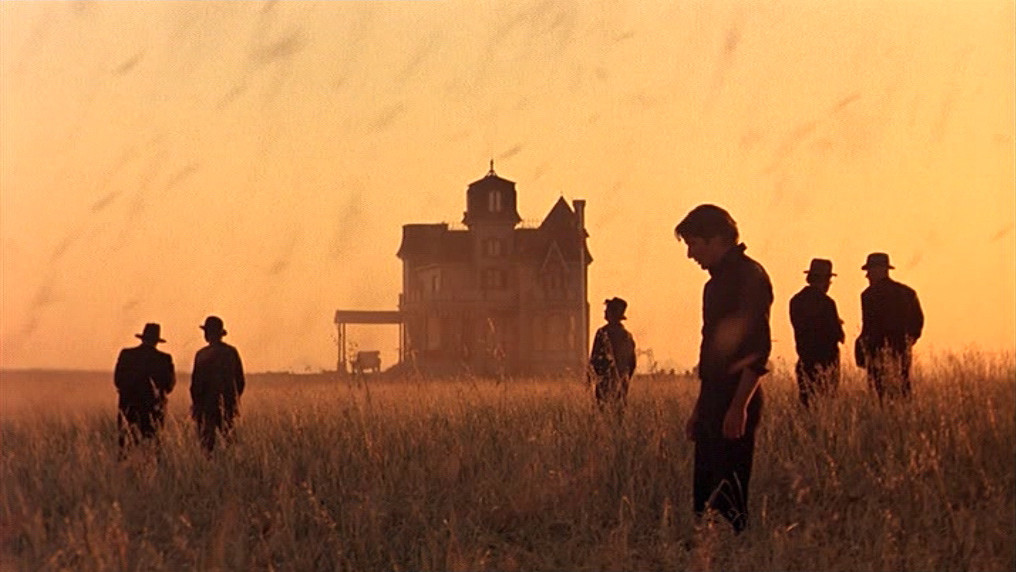
Good-looking movies are a dime a dozen. And combing through likely titles for this list, one quickly realizes there are far too many eye-popping gems in cinema history to name, which renders the task of narrowing down the 10 most visually sublime movies of all time awfully subjective and arbitrary. It also explains some glaring omissions, from “Paris, Texas”, “The Red Shoes”, “In the Mood for Love”, “Ran”, “Manhattan”, “The New World”, “Apocalypse Now”, “Millennium Mambo”, “The Handmaiden” to “Suspiria”, that could just as easily have found their way on here and obviously deserve your attention.
In the interest of fairness, however, we had to lay down a few ground rules: a director could only be represented once (my condolences, Tarkovsky and Wong Kar-wai fans), no animated features were allowed, and we actively tried to encompass the widest range of countries possible, including Russia, the Czech Republic, France, the US, Japan, Hong Kong, mainland China and the UK.
Listed in alphabetical order, the assembled list presented down below offers up a collection of titles that will leave you jaw agape with their breathtaking visuals, transportive narratives, masterfully-crafted production design, and impeccable cinematography.
1. All That Heaven Allows (1955)

Swooning romantic yearning builds to a fever pitch in this sumptuously shot tale of frustrated desire and oppressive societal norms, which charts the forbidden love affair between Jane Wyman’s upper-class widow and Rock Hudson’s debonair gardener as it drives a wedge between the couple, her spoiled, snobby children, and her high-strung country club inner circle in suburban New England.
Words always cut deeper than knives in the cinema of Douglas Sirk, the director who fled Nazi Germany and set up up camp in Hollywood to drive a stake through the heart of 1950s American society with thorny, soapy melodramas that constantly towed the line between honest sincerity and self-aware pastiche. Renowned for his heightened aesthetic, schmaltzy dialogue, and impeccable production design, Sirk’s trademark visual style perfectly matched the extra saturated hues of the three-strip color system known as Technicolor and likely reached its zenith in “All That Heaven Allows”.
Pay close attention to the way Sirk skillfully weaponizes color, composition, and the changing seasons to put you into the characters’ mindscape, using warm, golden hues to convey the underlying passion of their relationship in the first half of the film only to pull the rug from underneath you and switch to cold, snow-bound compositions as Jane struggles with regret and bottled-up desire.
2. Barry Lyndon (1975)

A bonafide classic stewed from bits and pieces of a decades-in-the-making but unrealized Napoleon biopic that director Stanley Kubrick never managed to get off the ground, this opulent mid-18th century costume drama sees Ryan O’Neal step into the shoes of two-bit penniless Irish rogue Redmond Barry — an opportunistic social climber and compulsive liar whose rise in status after marrying into a wealthy noble family is hilariously undone by a series of cruel twists of fate.
It didn’t get enough love back in 1975, but this lavish, three-plus hour adaptation of the 1844 novel by William Makepeace Thackeray has experienced a recent bump in popularity after being widely reappraised by pundits and film buffs alike, with most rightly acknowledging it now as the stunning display of visual artistry that it obviously is. Make no mistake, though: This rags-to-riches epic is much more than a cute collection of candle-lit frames that look as though borrowed from Renaissance paintings — there’s a real case to be made for this irreverent sendup of European high society is every bit as good and layered as other canonized masterpieces in Kubrick’s résumé like “2001: A Space Odyssey”, “Dr. Strangelove”, and “The Shining”.
3. Days of Heaven (1978)

If there ever was a Terrence Malick film wholly deserving of being called beautiful in every sense of the word, that would be his 1978 sophomore feature starring Richard Gere as a Chicago steel worker on the road with her secret lover (Brooke Adams) and teen sister (Linda Manz) who scrapes by harvesting wheat for a well-off Texan farmer.
Working closely with DPs Néstor Almendros and Haskell Wexler (the former of which deservingly took home the Academy Award for Best Cinematography), Malick famously shot the entirety of “Days of Heaven” only 20 minutes a day during dawn and dusk in the time known as the golden hour. This scrupulous attention to detail obviously paid off dividends imbuing the film with its evocative color palette and is a sight to behold especially during the now-iconic locust swarm scene (and here’s another piece of movie trivia for you: this was the result of ingenious practical effects wizardry and actually involved dropping peanut shells from a helicopter and playing the footage backwards).
“Days of Heaven” recently got a brand-new 4K UHD upgrade by boutique label Criterion last year, so now’s as good a time as any to be smothered by its texture, lush colors and bittersweet triangle love story for little over 90 minutes as if it were the very first time.
4. Fallen Angels (1995)

Any discussion of the greatest director-cinematographer pairings in cinema history must include Wong Kar-wai and Christopher Doyle. “In the Mood for Love” might be the title that springs to everyone’s mind when talking about their fruitful creative marriage, but the superstar duo was already on top of the world and consistently hitting it out of the ballpark by the mid-‘90s with the era-defining one-two punch of “Chungking Express” and “Fallen Angels”.
A jaded hitman, a lovesick call girl, and an eccentric mute cross paths and long for intimacy under the bright neon lights of Hong Kong in this woozy, crisscrossing tale of urban alienation — arguably both Wong and Doyle’s closest brush with perfection — and a timeless paean to every drifter, outcast, and nostalgic daydreamer searching for belonging out there.
At its core, “Fallen Angels” is about how we all tend to cling to the past forever, and how people living in a big city are often in close proximity to each other but can’t help but feel lonely deep inside (well, and also how smoking a cigarette while riding a motorbike at night is as cool as life gets). But Wong pulls an entire arsenal of visual tricks up his sleeve — wide-angle lensing, slow shutter shots, step-printing, you name it — to capture every detail like a fly on the wall and cram enough eye-candy to give you a sugar rush on your first go-round.
5. Marketa Lazarova (1967)

Czech visionary auteur Frantisek Vlacil bent the conventions of the historical drama to his own will in this bleak and eerily poetic vision of life in the Middle Ages based on a novel by Vladislav Vancura. Full of mud and muck, barbaric feuds, spellbinding rituals, and unrepentant bloodshed all strung together in a stream of dreamlike vignettes that seamlessly bleed into each other, “Marketa Lazarova” suggests Game of Thrones by way of Ingmar Bergman and Alejandro Jodorowsky as A.V. Club’s Sam Adams deftly puts it, and remains today a fascinating prism through which to view the ruthless theological clash between Christianity and paganism during the dark ages.
The thin line between civilization and barbarism is put under the microscope and scrutinized in this part fairy tale, part fever dream that sees many lives helplessly swept aside by the tides of history and the ongoing feud between two warring feudal families, including the titular character (Magda Vasaryova), a devoutly Christian noble daughter who’s abducted and raped by fur-clad bandits on the eve of her initiation as a nun. Glacially paced and abruptly interrupted by occasional outbursts of gnarly violence, this unsung gem of the Czech New Wave somehow retains an ethereal quality with every frame of snow-bound winter landscape dripping in mood and beauty.